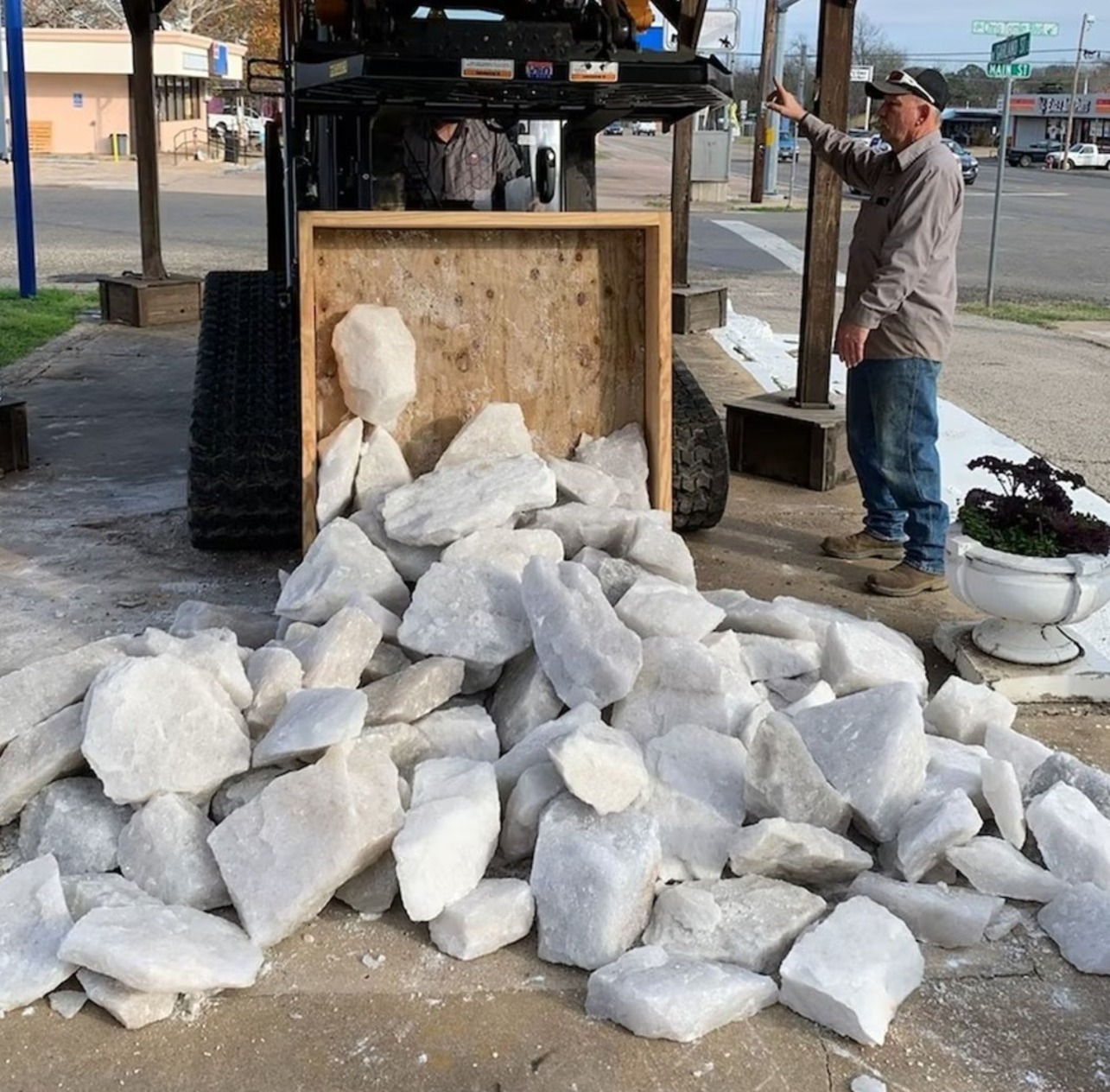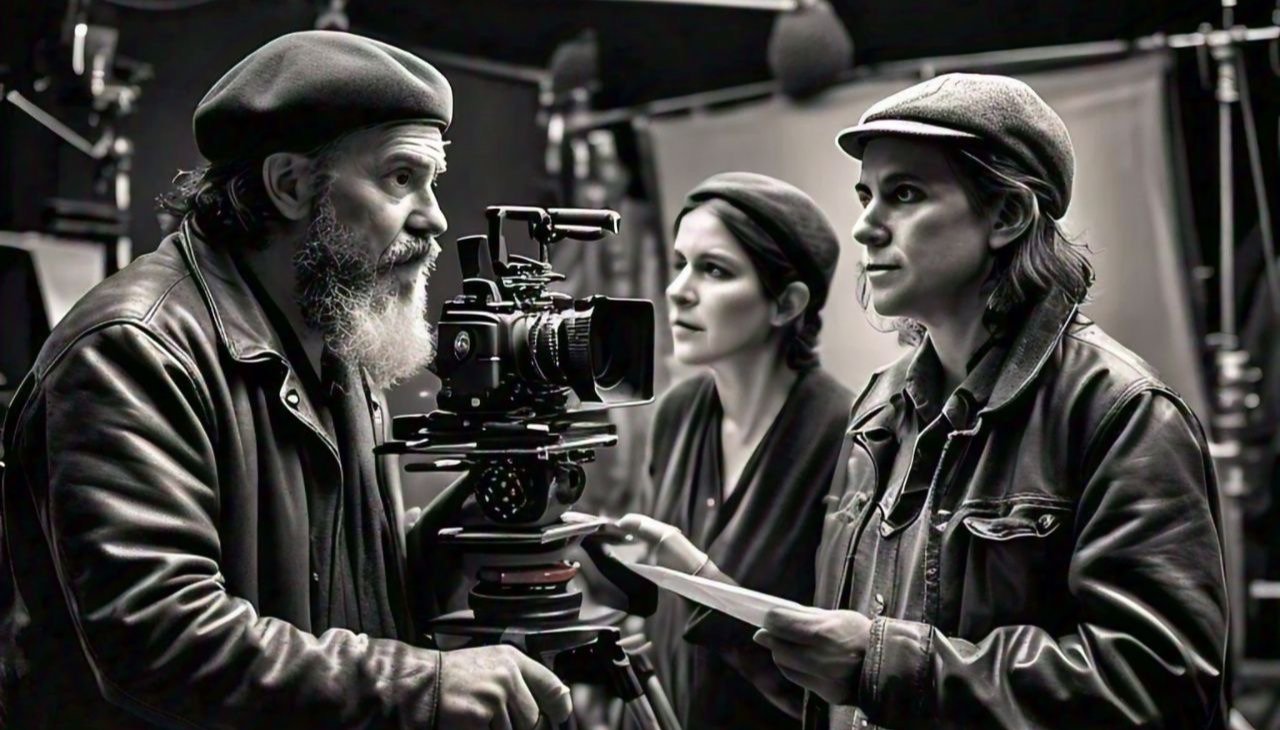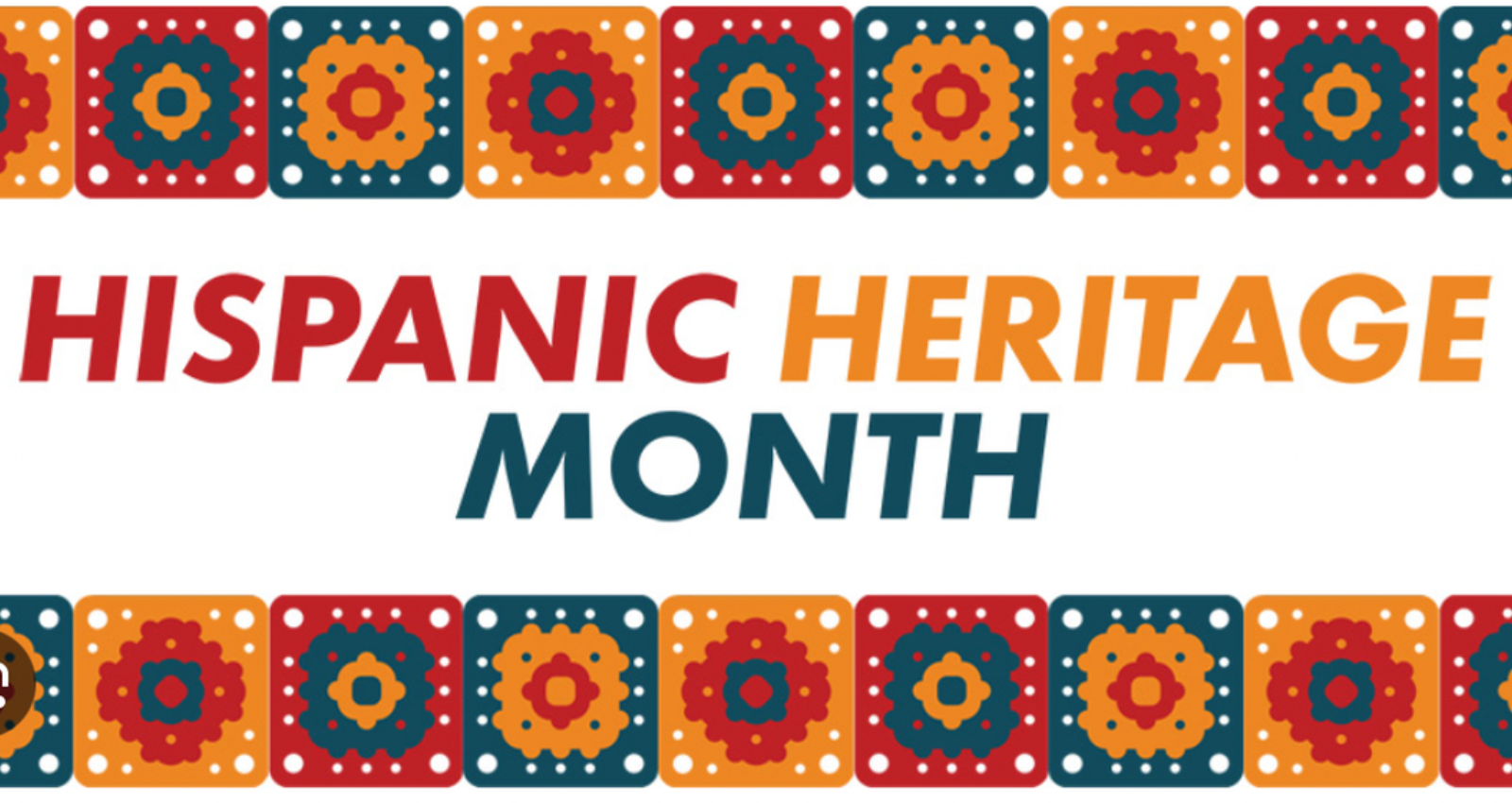
Stories of the defenders of the rainforests
"Defenders of the Rainforests" is a project that tells the stories of young people determined to defend the rainforest from different corners, each with a…
A young man patrols the jungle territory where he lives, detecting illegal loggers; a girl holds workshops on sexual diversity to unite her community and better fight the dangers facing her territory; a primary school teacher convinces her community to refuse the exploitation of the forest by a company, even though they had been promised an attractive sum of money; another girl fights to find better ways for her community to properly dispose of the waste it generates; a woman fights against gender violence in the reserve where she grew up.
These are some of the stories of Defenders of the Rainforest, a careful project between openDemocracy and the Pulitzers Center’s for Rainforest Journalism Fund that tells the story of young activists who defend the forests from multiple angles, because to do so you don't just have to avoid fires or logging, you have to have a healthy, cohesive community living among them.
The project began with activists in Brazil, in the face of the direct threat that the Bolsonaro government has posed to them, but is now continuing with the work of others in Ecuador.
Projects like this are important because they give relevance to the activists' struggle, which protects them and promotes their initiatives. They show that there are ways to confront the fight against climate change and the degradation of our ecosystems and allow for a greater diversity of perspectives on these issues, which enriches the responses.
Here are a couple of examples:
Ednei is a young Arapiun studying Climate Science at the University of Santarém, half a day's boat ride from the village where he lives.
He lives in Cachoeira do Maró and, at the age of 20, was elected as the coordinator of the Tapajós-Arapiuns Indigenous Council, which represents 45 villages and 13 indigenous communities living in the Lower Tapajós, the Arapiuns River, the Maró River and the Planalto Santareno.
RELATED CONTENT
Within the association to which he belongs, Ednei is also part of a group of men who specialize in going through the forest, inch by inch, and detecting any intrusion into it, any effort to damage it.
Their surveillance rounds are long and strenuous, but they are the mechanism they have to manage to prevent and denounce the incursion of loggers.
Vero Cestsenk is Ecuadorian, an Achuar Indian, and after seeing the violence and mistreatment to which the women of her community were subjected, she decided not to get married. Instead, she is a midwife.
"We are women. Like the jungle. That is why we must be respected. We are sacred, like the jungle," says Vero. And from the jungle she cares for she also gets the medicinal plants needed to take care of the women.
Vero is part of a program called Ikiama Nukuri, which teaches women in indigenous communities how to combine traditional indigenous medicine with some of the tools of Western medicine to better care for pregnant mothers and assist their deliveries.
Vero trained in the Yucatan with Mayan women, and then had the opportunity to practice medicine in a Peruvian hospital. Now she is training other women, to expand this network of feminine jungle care.











LEAVE A COMMENT:
Join the discussion! Leave a comment.